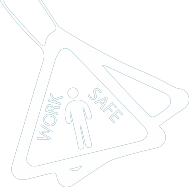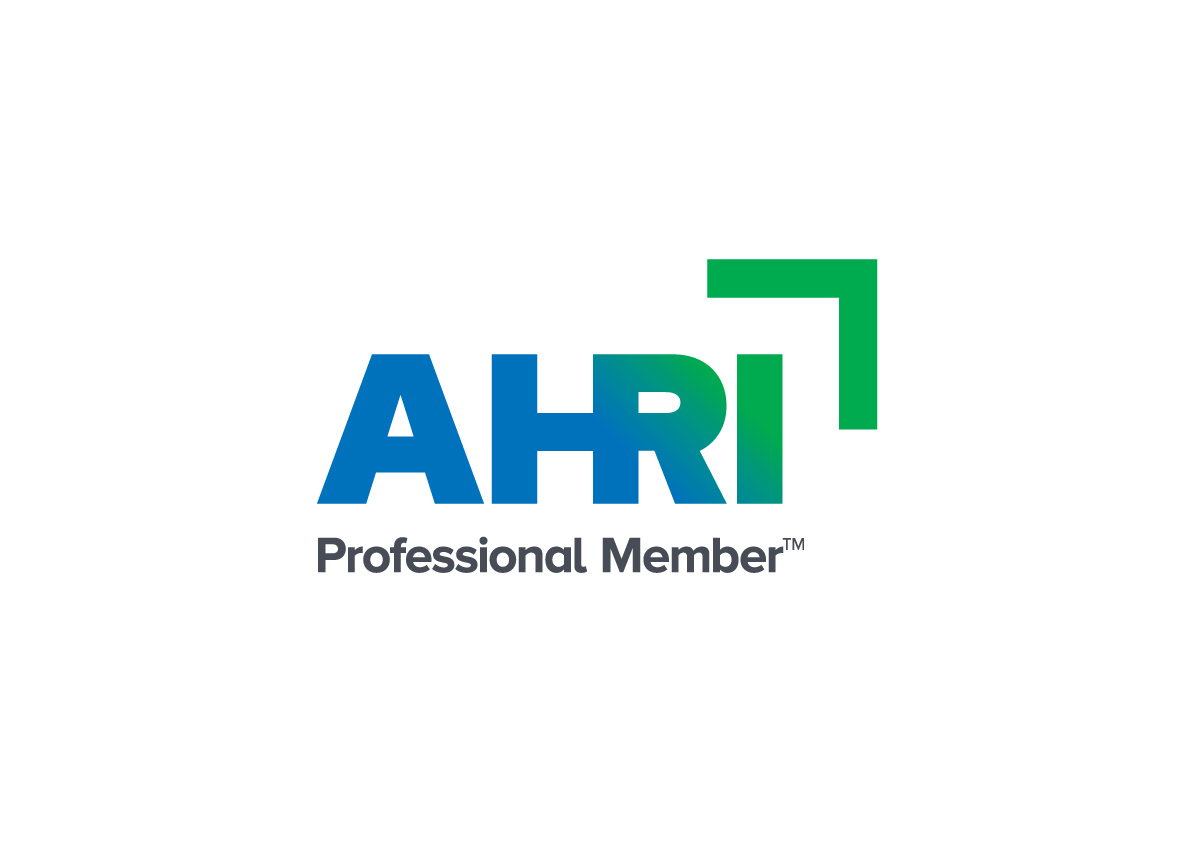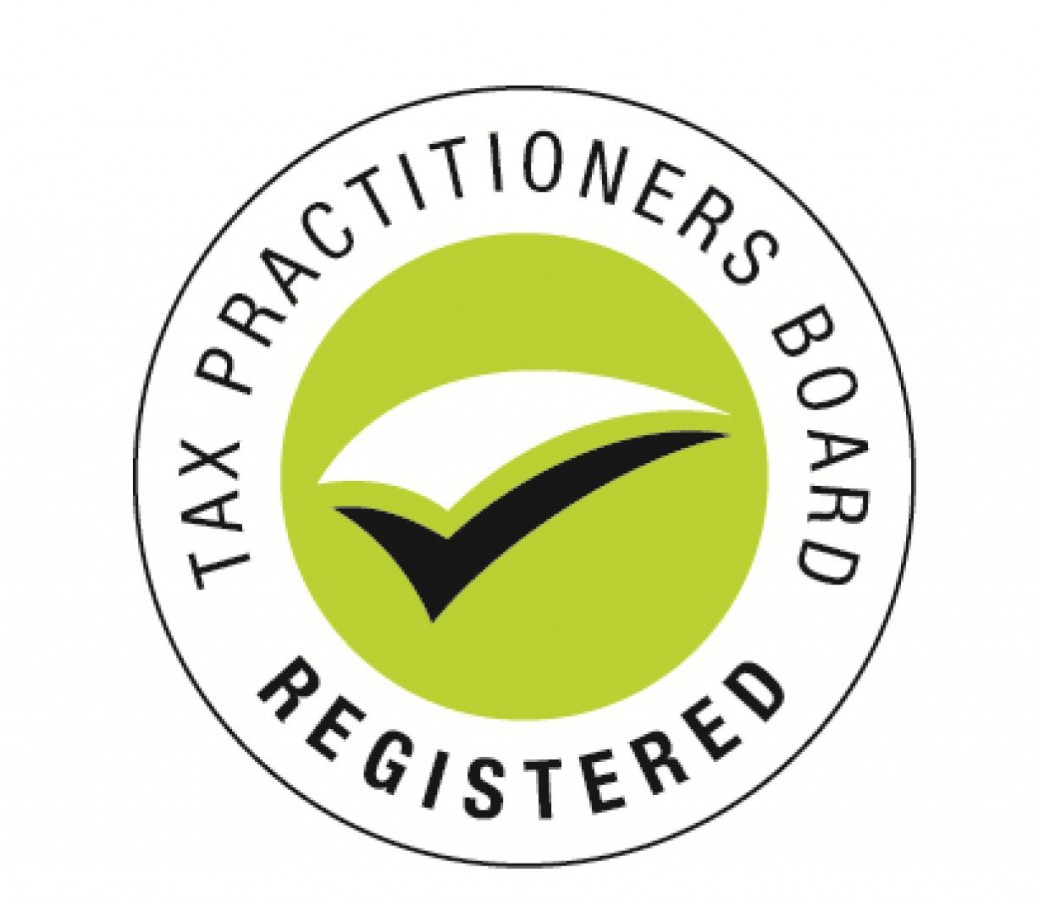Prevention is better than the cure.
With my training, qualifications and extensive work experience within Health and Safety, I can help you understand and implement the WHS laws, avoiding unnecessary costs and damage to your business caused by workplace injury and illness. I will also provide your business with a strong foundation to achieve long-term success.
As consultation with your staff is paramount in achieving health and safety, I can maximise the consultative process with minimum disruption to staff productivity.
I can assist you with:
Workplace Health & Safety Policies and Procedures
Workplace health and safety policies & procedures are essential to your workplace to:
-
Demonstrate your business is addressing its health and safety obligations.
-
Show your commitment to working within a set of health and safety principles.
-
Clarify functions and responsibilities in your business.
-
Ensure that safe systems of work are recorded, communicated to workers and implemented in a consistent way throughout your business.
-
Help your business manage staff more effectively by defining acceptable and unacceptable behaviour in the workplace
-
Allow you to deal with health and safety issues before they escalate
Safe Work Method Statements
Safe Work Method Statements are task related designed to:
-
Identify and control health and safety hazards & risks.
-
Think through the hazards and risks involved in the work, and choose effective control measures
-
List the types of high risk work being done
-
State the health and safety hazards and risks arising from that work
-
Describe how the risks will be controlled, and
-
Describe how the risk control measures will be put in place.
Risk Assessments
Risk assessments examine tasks related to use of plant/equipment/tools through:
-
Identifying hazards
-
Evaluating the likelihood of an injury or illness occurring, and its severity
-
Considering normal operational situations as well as non-standard events such as shutdowns, power outages, emergencies, etc.
-
Reviewing all available health and safety information about the hazard such as MSDSs, manufacturer’s manuals, information from reputable organisations, results of testing, etc.
-
Identifying actions necessary to eliminate or control the risk
-
Identifying test & tag requirements
-
Monitoring and evaluating to confirm the risk is controlled
-
Keeping any documentation or records that may be necessary. Documentation may include detailing the process used to assess the risk, outlining any evaluations, or detailing how conclusions were made
Emergency Safety Manual/Plan
Emergency safety manual/plan to comply with Australian standards including:
- Identifying extinguishers, alarms, fire fighting
-
Hazardous materials register
-
Register of Material Safety Data Sheets
-
Types of workplace specific emergencies
-
Emergency response & control
-
Evacuation plan/procedure
-
First Aid
-
Incident Reporting
-
Role of neighbouring businesses
Which are the foundations required to assist you in meeting your obligations.





 Susan McGovern,
Susan McGovern,
